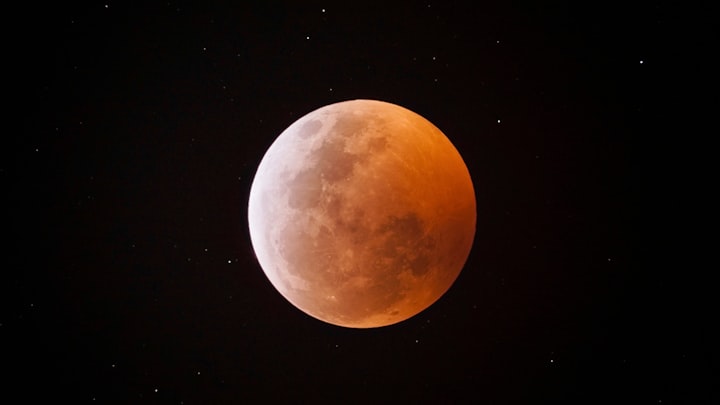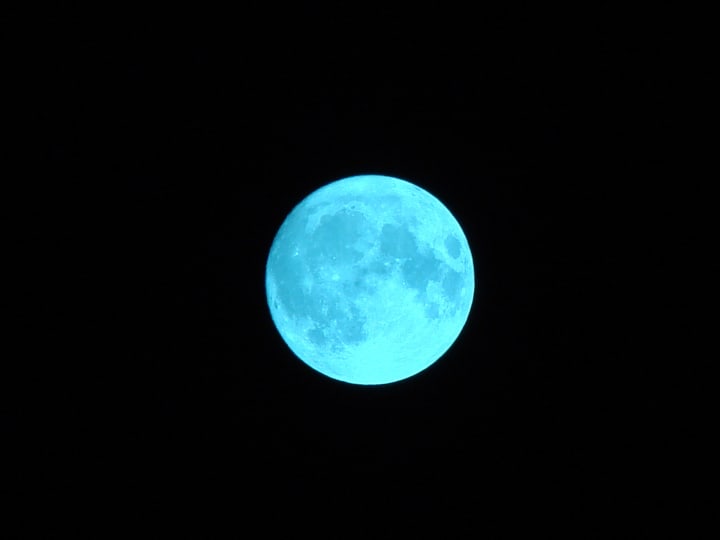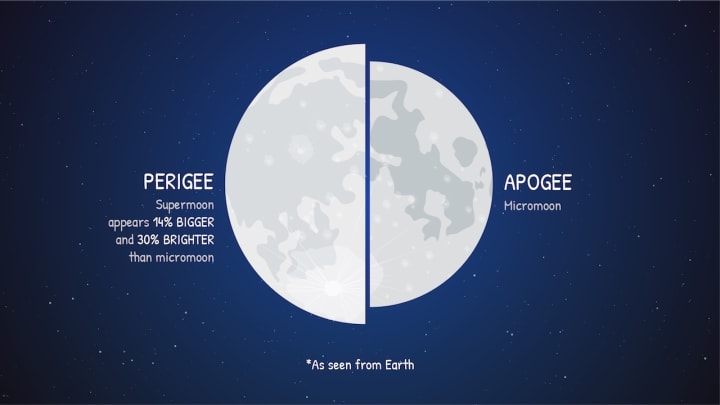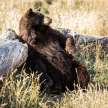Harvest Moon
The Harvest Moon Helps Farmers with Their Crops

In the Northern Hemisphere, the full moon closest to the fall equinox is called the Harvest Moon. In 2021 a full moon occurred on September 20th, thus earning it the title of this year’s Harvest Moon. The fall equinox occurs on September 22nd. In the Southern Hemisphere, the Harvest Moon will next occur on March 18,2022.
The Harvest Moon name comes from the additional light it provides to farmers working to harvest their crops. In today’s mechanized world, it may not be as important as it was in years past, but it still is a sight to behold. With a slight chill in the air, you get the warm glow from a full moon bathing the picturesque autumn landscape. Pour yourself a little apple cider or maybe a hot chocolate and make sure you get outside and enjoy the moment.
The Harvest Moon is just one of the many names we give to a full moon. Here is a little quiz to see if you can identify some other names.
*

What is a Blue Moon? Here is a hint, it does not occur very often. Dare I say, “Once in a Blue Moon”.
A Blue Moon is the second full moon that occurs in the same calendar month. This happens every two or three years. For the math geeks out there, a full moon happens roughly every 29 ½ days. If you work that out, a year has roughly 12.3 full moons a year. Eventually, you are going to have two in the same month.
*

What is a Sturgeon Moon? This is a tough one. It comes from Native Americas, and most relevant around the Great Lakes and Lake Champlain.
A full moon in August is called a Sturgeon Moon. They gave it this name because under the August full moon was the best time to catch giant sturgeon. There are twenty-nine different species of sturgeon, with some of them getting as large as a compact car. If you decide to go fishing, make sure to check out your local regulations. Many of the species are endangered or threatened.
*

What is a Wolf Moon? You may be tempted to say any full moon is a Wolf Moon. I understand your reasoning, but let’s go with the most common month.
A full moon in January is a Wolf Moon. It was originally believed that wolves howled more during the winter due to hunger. Most people now discount this explanation, but the name stuck. Let’s face it, wolves howl at the moon because they are wolves. It is what they do, their thing.
*

What is a Pink Moon? Spoiler alert, it does not look pink, any more than a Blue Moon looks blue. Ok, another hint, think Phlox Subulata (Yeah, didn’t help me either).
A full moon in April is called a Pink Moon. It got this name because it corresponded with the blossoming of a flower called Phlox Subulata — still no help — also called Moss Pink. Don’t blame you if you didn’t get this one, but who knows may help you some day on a game show.
*

Ok, one more, Super Moon. It does not have a letter “S” on it. It cannot leap tall buildings. Do you know what the “Super” means?
A Super Moon is when a full moon occurs at the same time as the moon is closest to the earth. They call the closest point the perigee, which is about 226,000 miles from earth. Compare this to the farthest point or apogee, which is about 253,000 miles.
*
These are just a few of the many names for a full moon. Be sure to look up next time you are outside.
About the Creator
Steve Lance
My long search continues.






Comments
There are no comments for this story
Be the first to respond and start the conversation.